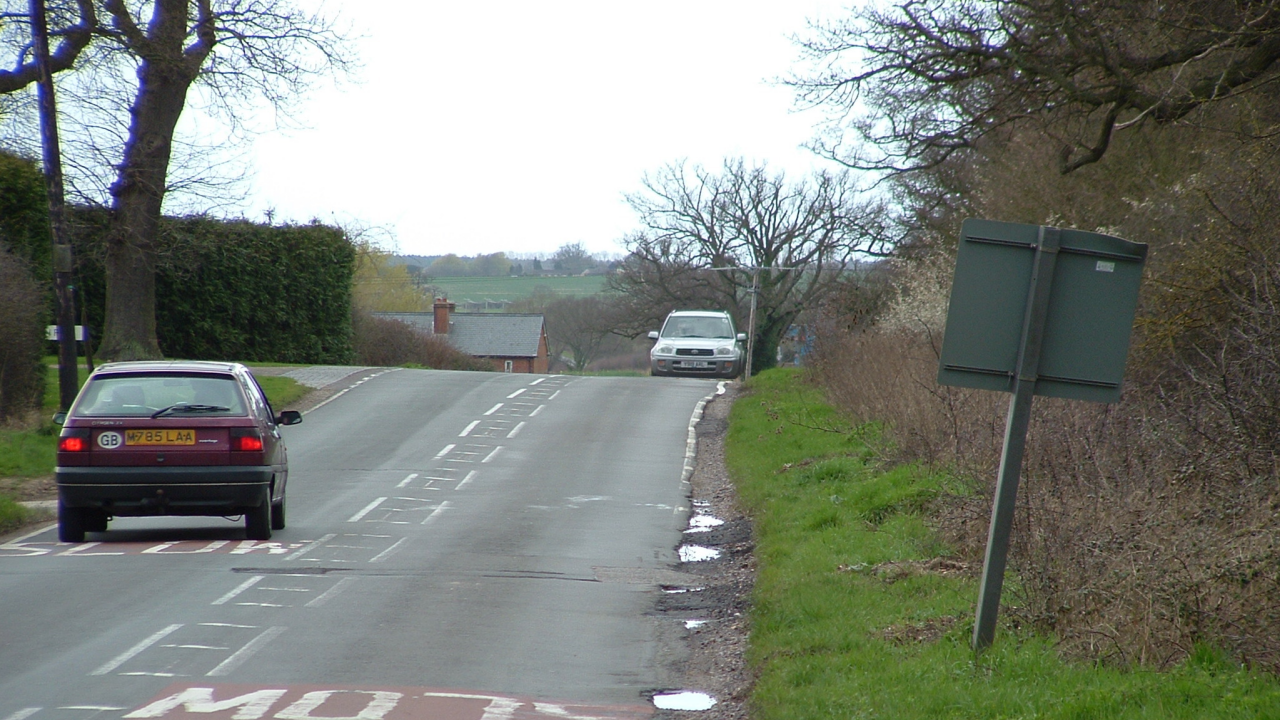Unit 4: Approaching to turn left
Unit 5: Approaching to turn right
Unit 6: Emerging to turn left and right

Unit 4: Approaching to turn left
Unit 5: Approaching to turn right
Unit 6: Emerging to turn left and right


The information below relates to basic errors and their correction and assume that the errors are caused directly by the actions of the learner. However, you must always be certain that you are not contributing to the error by late or unclear instruction or direction or by not offering sufficient information or feedback.
Our suggested issues do not form an exhaustive list, however, if you can spot and sort out these problems you should be well on your way to delivering an effective overtaking lesson. Remember that ideally the only thing you are watching for is a perfect drive... Anything else is a problem!
Many drivers follow too closely and then 'swoop out' when a chance to overtake arises. This is dangerous on two counts:
It makes the car unstable - particularly dangerous on poor or wet road surfaces.
It limits forward vision.
If you are working with a learner this situation is unlikely to arise, however, if you take a full licence holder as your client for Part-Three it is a possibility. If this happens pull up to discuss a safe overtaking method and then look for another opportunity as the lesson continues.
It's important that the driver must be able to see the overtaken vehicle in the centre mirror to be 100% certain that it is safe to move back in to the left.
Make sure that learners fully understand the reason for following a routine when overtaking and then guide them through an overtake with whatever help is necessary or requested.
Note: Because this is an exercise that will only be done with test-standard learners or full licence holders it is likely that following a good explanation, and/or demonstration, they will be able to complete the first overtake unaided. If this is the case, instructing, prompting or questioning could create a distraction.
Anticipation is essential for safe overtaking - ensure that your learners understands the concept of 'reading the road' and that they look for hazards that will preclude overtaking. When concentrating on speed before overtaking, especially when driving too fast when approaching the 'target vehicle' its easy for a drivers observation to 'shorten'. It's important that they take account of junctions, openings (gateways, property entrances etc.) and lay-bys, both left and right, before committing to an overtake.
Some drivers are hesitant or fail to plan their overtake. They tend to be 'opportunists' who only overtake as an after-thought.
Typically the need for higher speed overtaking will only arise on open, out-of-town roads - for maximum safety the decision to overtake needs to be made early in order to take the first safe opportunity - this opportunity will often be at the start of a straight section of road. Opportunist, hesitant overtakers, or those who do not plan well will often not start to overtake until half-way along a straight - this then leaves more potential to meet oncoming traffic arriving from around the next bend at the end of the straight.
Next: Questions & Reflection...